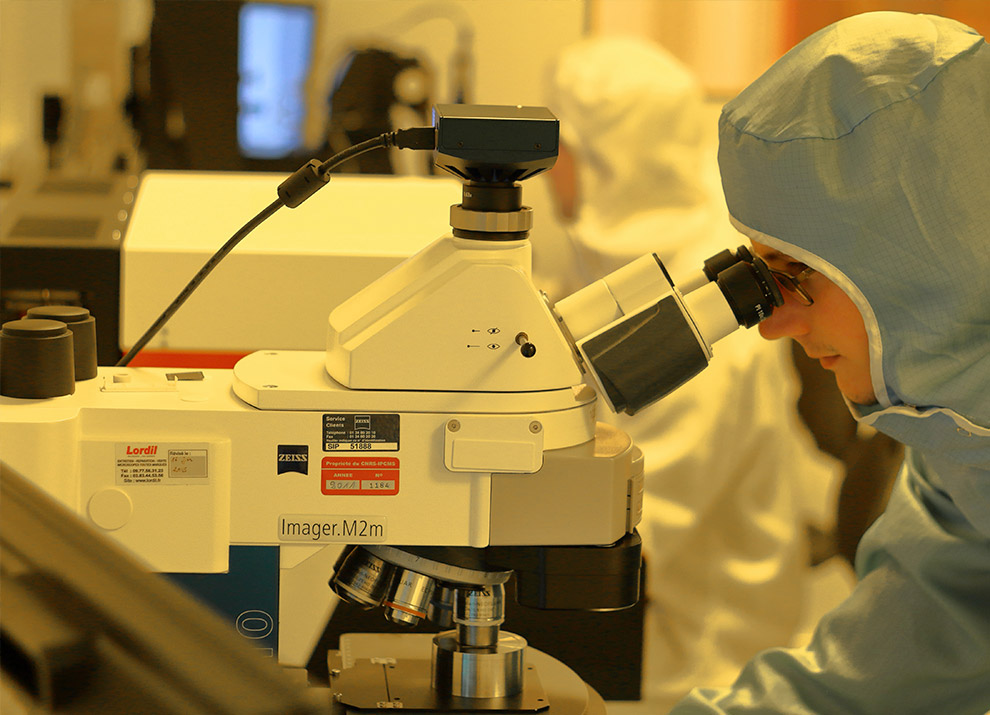Everyone in Mexico must remember when the long weekend in March in observance of Benito Juarez’s birth turned into a weekend without being able to return to life as we had been previously living. Today, all must know the cause of that inability to return to “normal” life; which is the pandemic which originated in Wuhan, China at the close of 2019 and which persists to this day.
Such that, from Asia, a novel virus (Covid-19) travelled the entire planet’s sphere to reach the Americas, particularly to our country, Mexico, a country home to more than 127 million people according to data reported in the World Bank in 2018 (https://datos.bancomundial.org/indicador/GB.XPD.RSDV.GD.ZS?locations=CN), and which according to WIPO (World Intellectual property Organization), was a year which saw a global spending increase in Research and Development (https://www.wipo.int/edocs/pubdocs/es/wipo_pub_gii_2020_keyfindings.pdf); whereby the contemplated costs for research and development increased to 0.31% of annual GDP; which when compared with China for the same year, said GDP percentage investment in R&D was 2.19%, which translates into us living in a country which invests approximately 700% less in R&D than the percentage invested by a booming powerful economy.
On the other hand, corona viruses are not new to mankind, one only need to review for example, the history of the corona virus which caused the Middle East respiratory syndrome (MERS), first detected in Saudi Arabia in 2012 according to the World Health Organization (https://www.who.int/es/news-room/fact-sheets/detail/middle-east-respiratory-syndrome-coronavirus-(mers-cov)). However, this novel type of corona virus causing severe acute respiratory syndrome SARS-CoV 2 or also known as Covid-19 has caused great havoc on a world level as it is easily transmitted and highly contagious (https://www.bbc.com/mundo/noticias-52797076).
So that, starting in 2019 when this novel virus became known, an unprecedented frantic race began in different countries of the world to develop a vaccine which would allow us to control the spread of the disease, decreasing transmission and death as soon as possible.
According to data published by the World Health Organization on December 10, 2020, 52 candidate vaccines are in clinical trials, which means they could soon be potential vaccines to be manufactured in mass quantities and applied to different populations (https://www.who.int/publications/m/item/draft-landscape-of-covid-19-candidate-vaccines). In fact, some vaccines have finished their clinical trials and have begun the steps required for government approval. Such is the case with the Pfizer vaccine here in Mexico (https://www.gob.mx/cofepris/es/articulos/la-cofepris-otorga-autorizacion-para-uso-de-emergencia-a-vacuna-para-prevenir-la-enfermedad-por-coronavirus-covid-19?idiom=es).
However, despite vaccine development advancing “in smooth sailing” due to the technological developments attained in the twenty first century, we face another face of reality; expressly that not all countries have the economic resources to access acquiring said candidate vaccines, such as those developed from pharmaceutical companies like Inovio, Moderna, Novavax, Pfizer (United States) Clover Biopharmaceuticals, Cansino Biologics (China) o AstraZeneca (United Kingdom) just to mention a few.
In response, an international level initiative has been launched (named COVAX) administered by (GAVI) the vaccine alliance, (CEPI) Coalition for Epidemic Preparedness Innovations and the (WHO) World Health Organization , which have as end goals: (1) accelerating by means of (AMC) advance market commitment for COVAX the development and manufacturing of Covid-19 vaccines with the hope of accelerating their distribution by the different pharmaceutical vaccine manufacturers as well as the governments of participating countries; (2) attempt equitable access to participating countries to safe and effective Covid-19 vaccines, such that all be able to acquire the necessary number so that in an initial step, 20% of each population of every participating country be vaccinated, starting with health workers and the most vulnerable groups. It is estimated that by year’s end in 2021 over two billion doses will have been distributed (https://www.who.int/es/news/item/24-08-2020-172-countries-and-multiple-candidate-vaccines-engaged-in-covid-19-vaccine-global-access-facility).
Lastly, when a country is innovating and developing technology in different high social impact areas, such as health, it will be in need of protecting its inventions by means of existing means for the management and administration of Industrial Property (IP).
Therefore, IP could be used as a parameter from which one could assess how much a country invests in R&D. In this regard, and as an example, we point out that the United States was the country that was issued the most patents in Mexico, as well as also being the country that filed the most patent applications in technical areas in Mexico (https://datosabiertos.impi.gob.mx/Paginas/Invenciones.aspx). Given the above, it is not surprising that the first Covid-19 vaccine approved by COFERIS (the Federal Committee for Protection from Sanitary Risks) for use in Mexico in mass quantities was from a US pharmaceutical company.
The teachings we can gain from 2020 are many and varied, but definitely among them is that those countries not placing R&D investment as a top priority, which in turn can be reflected in intellectual property terms, will be those that condemn their citizens to living in uncertainty as to life and death when faced with a pandemic, such as the one we are currently undergoing.
We are at your service should you have any questions.

